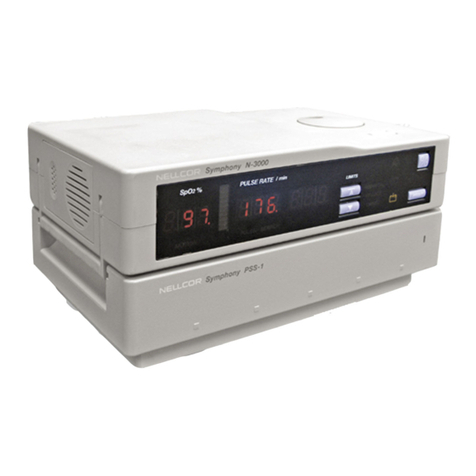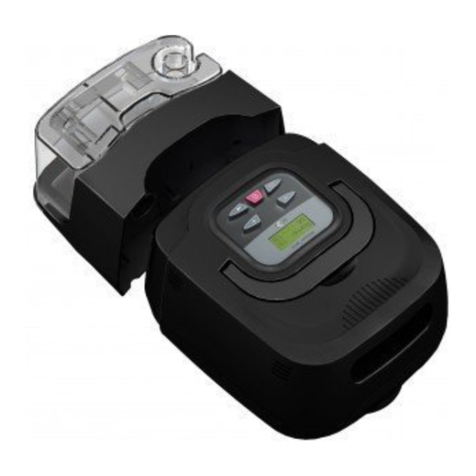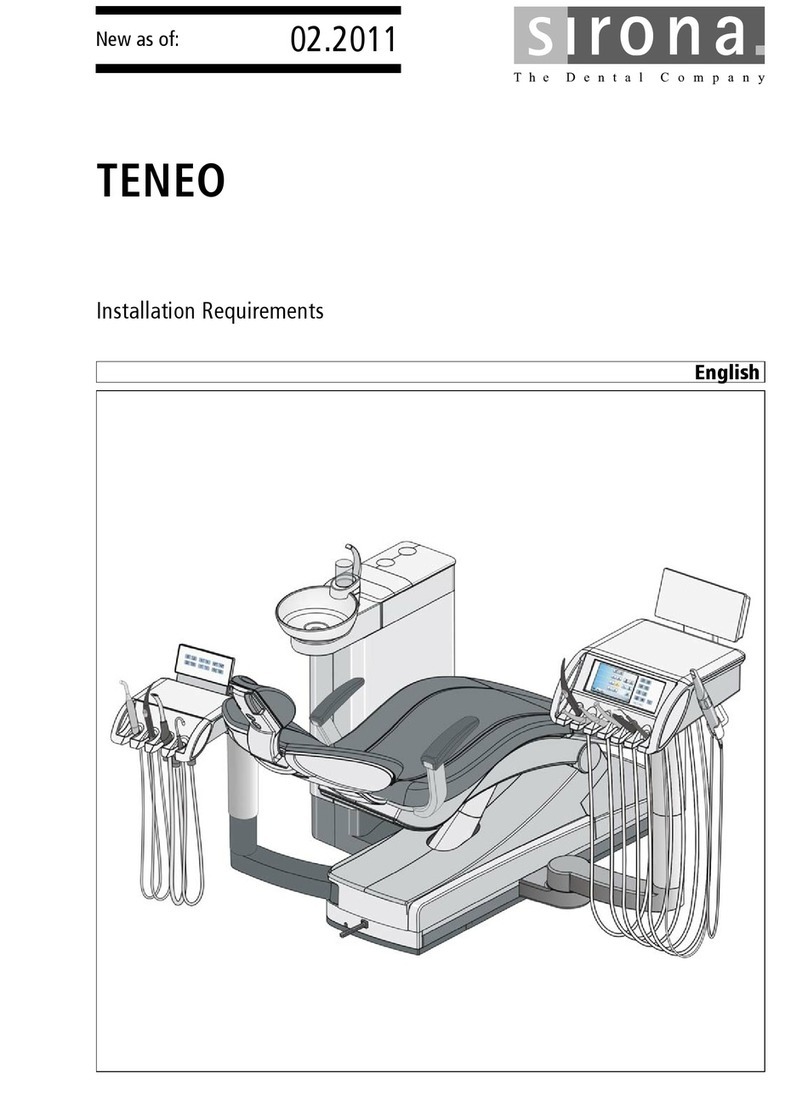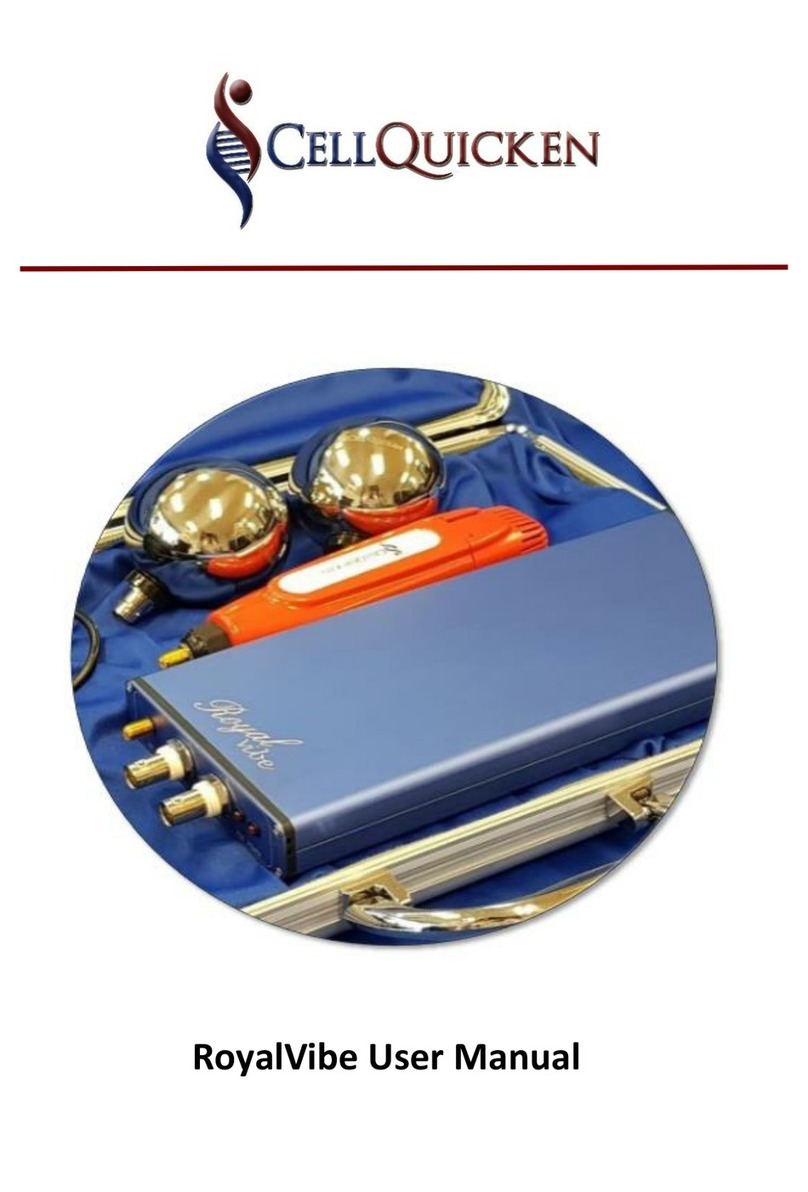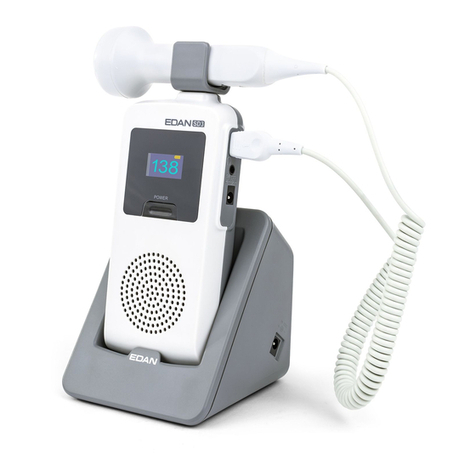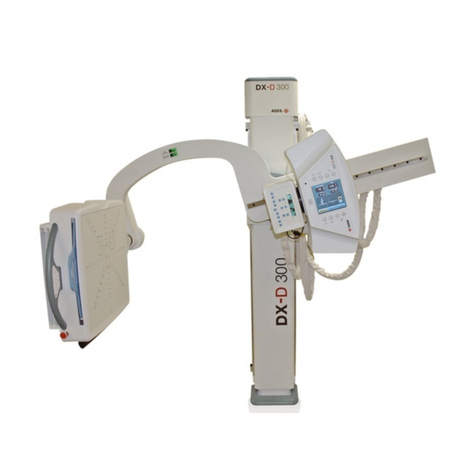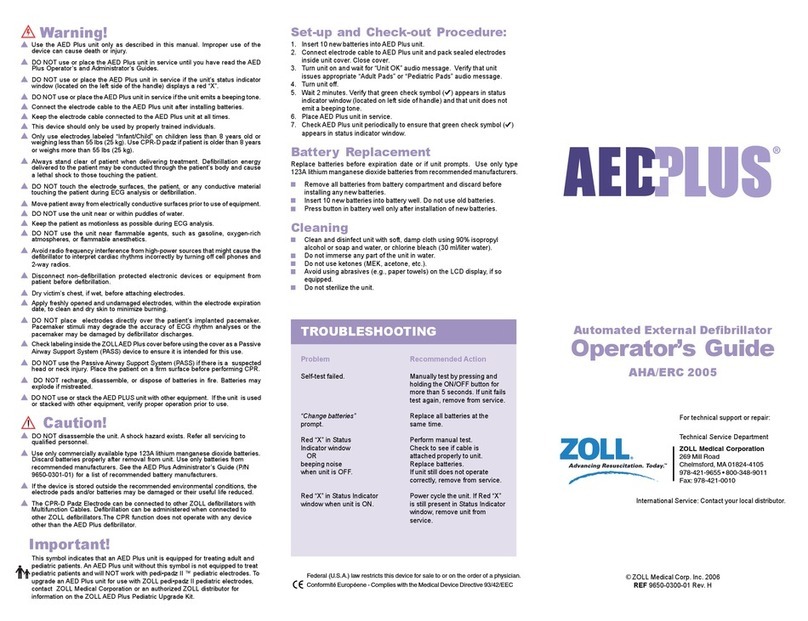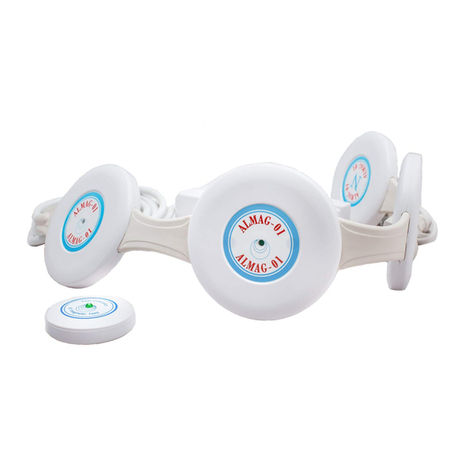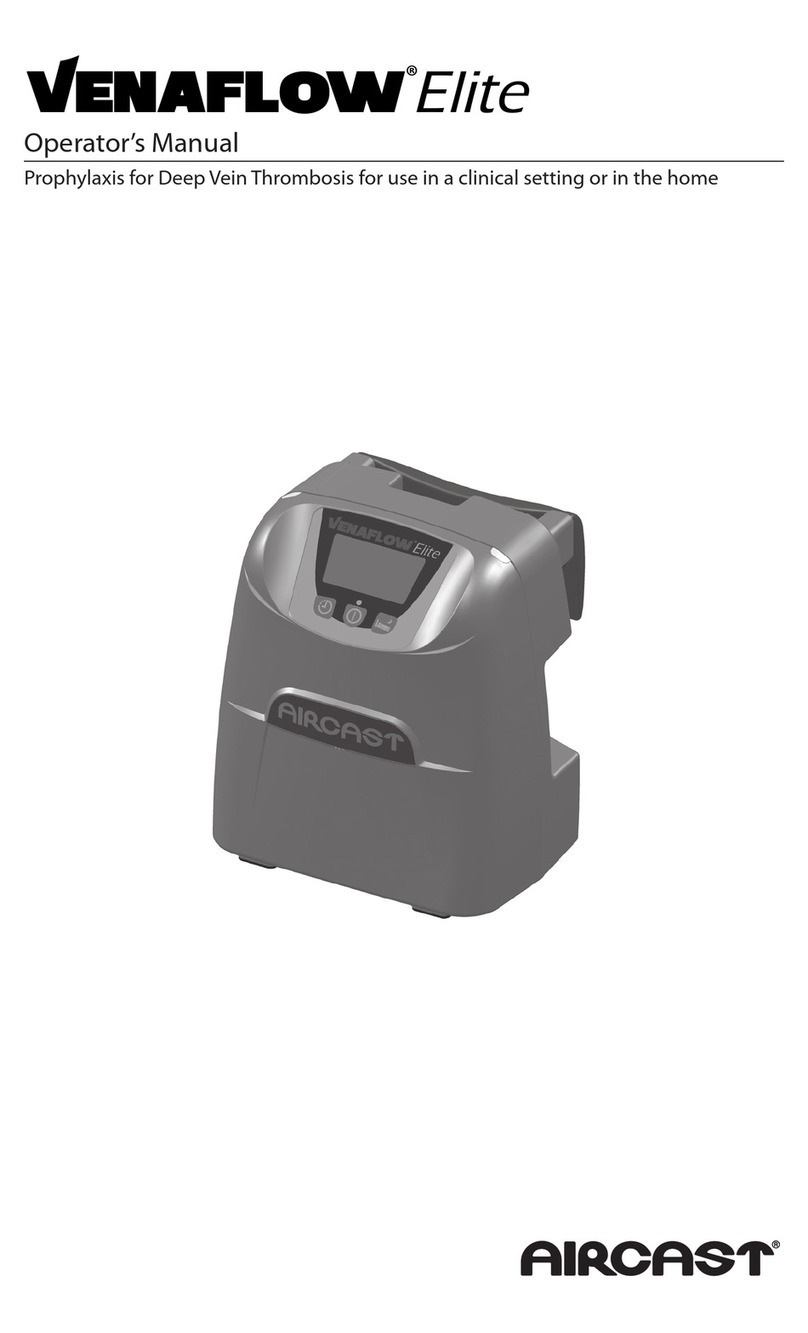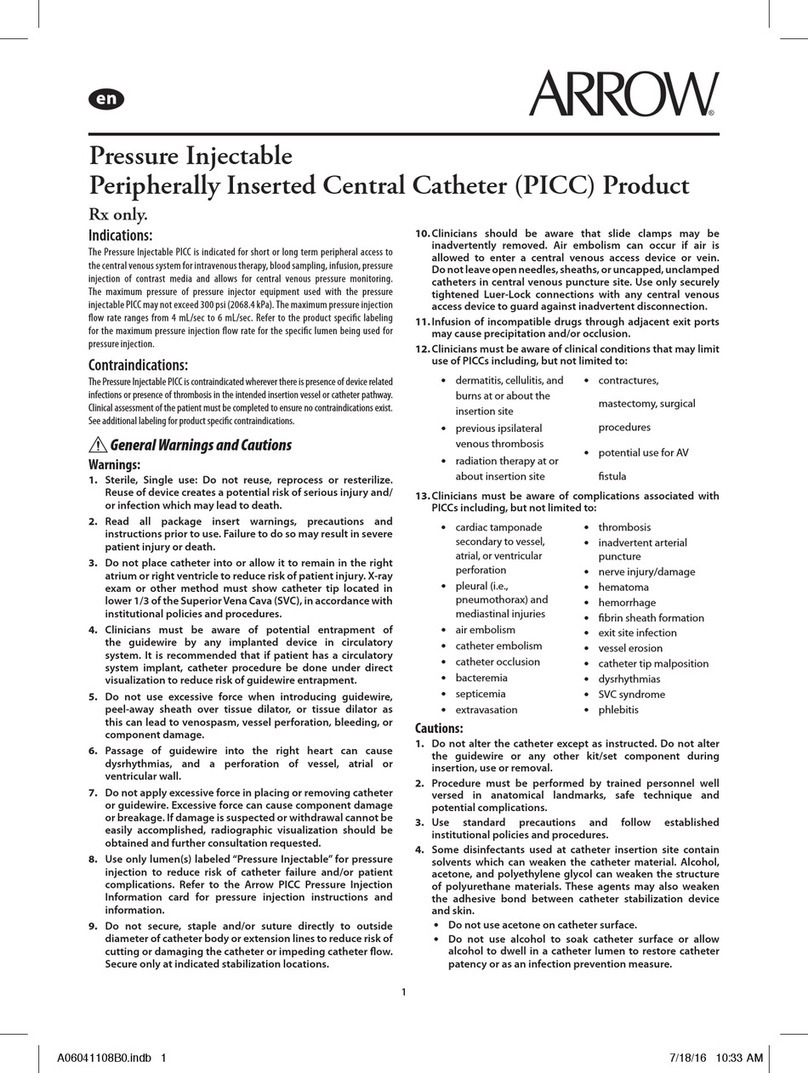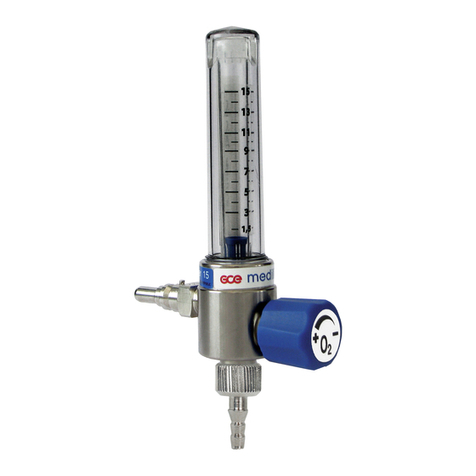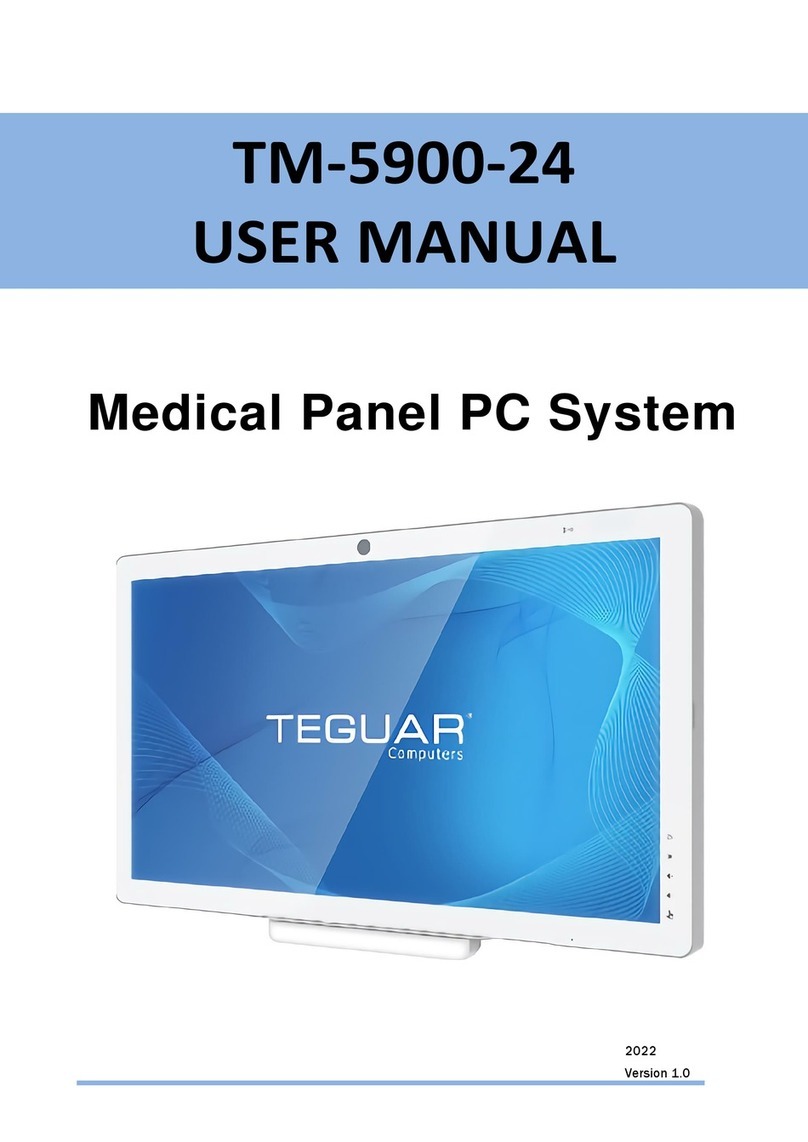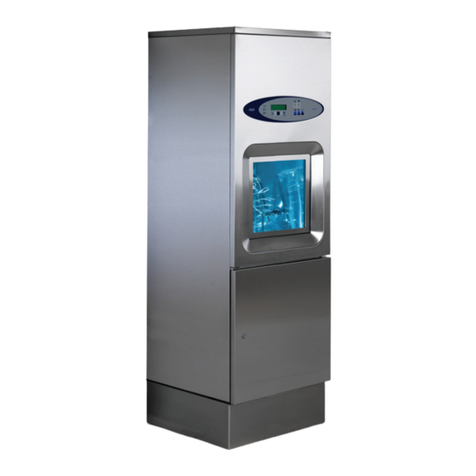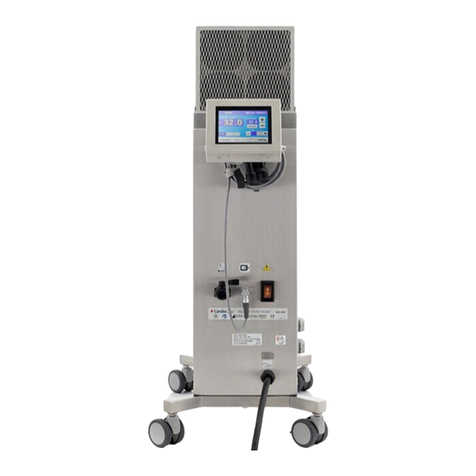
New Jersey Respiratory Associates
Nurse Competency Program
Pulse Oximetry
Overview
Pulse oximetry works by photospectometry. A light on the inside of the patient probe shines a
light through the tissue and receives a signal on the other side. If the patient’s blood is well
saturated with oxygen, a certain kind of wavelength of light is transmitted. If the hemoglobin is
not well saturated with oxygen, another type of wavelength is transmitted. The only way to
get a direct measurement of arterial oxygenation is an arterial blood gas. The pulse oximeter
provides a painless, noninvasive, cost effective manner of estimating the patient’s
oxyhemoglobin.
When using the pulse oximeter:
Clean the inside of the probe and the patient’s finger with alcohol. This removes any
residue on the light source and finger that may interfere with the reading.
Place the lighted side of the probe on the nail bed
DO NOT squeeze the probe on the patient’s finger as tissue injury or a poor reading will
occur.
Watch the strength of the wavelength on the pulse oximeter ( if available) to verify the
stability of the reading.
Watch the patient’s SpO2reading for several minutes until it is stabilized. If an
inadequate or questionable reading is obtained, select another finger.
If you cannot believe the heart rate displayed, you cannot trust the SpO2 reading.
Manually palpate the patient’s pulse to verify the pulse rate displayed on the oximeter.
Things that may affect readings:
Motion artifact
Abnormal hemoglobin
Low perfusion states
Nail polish
Exposure of probe to ambient light
NOTE: The pulse oximeter is only a tool to assist you in the total clinical
evaluation of a patient
